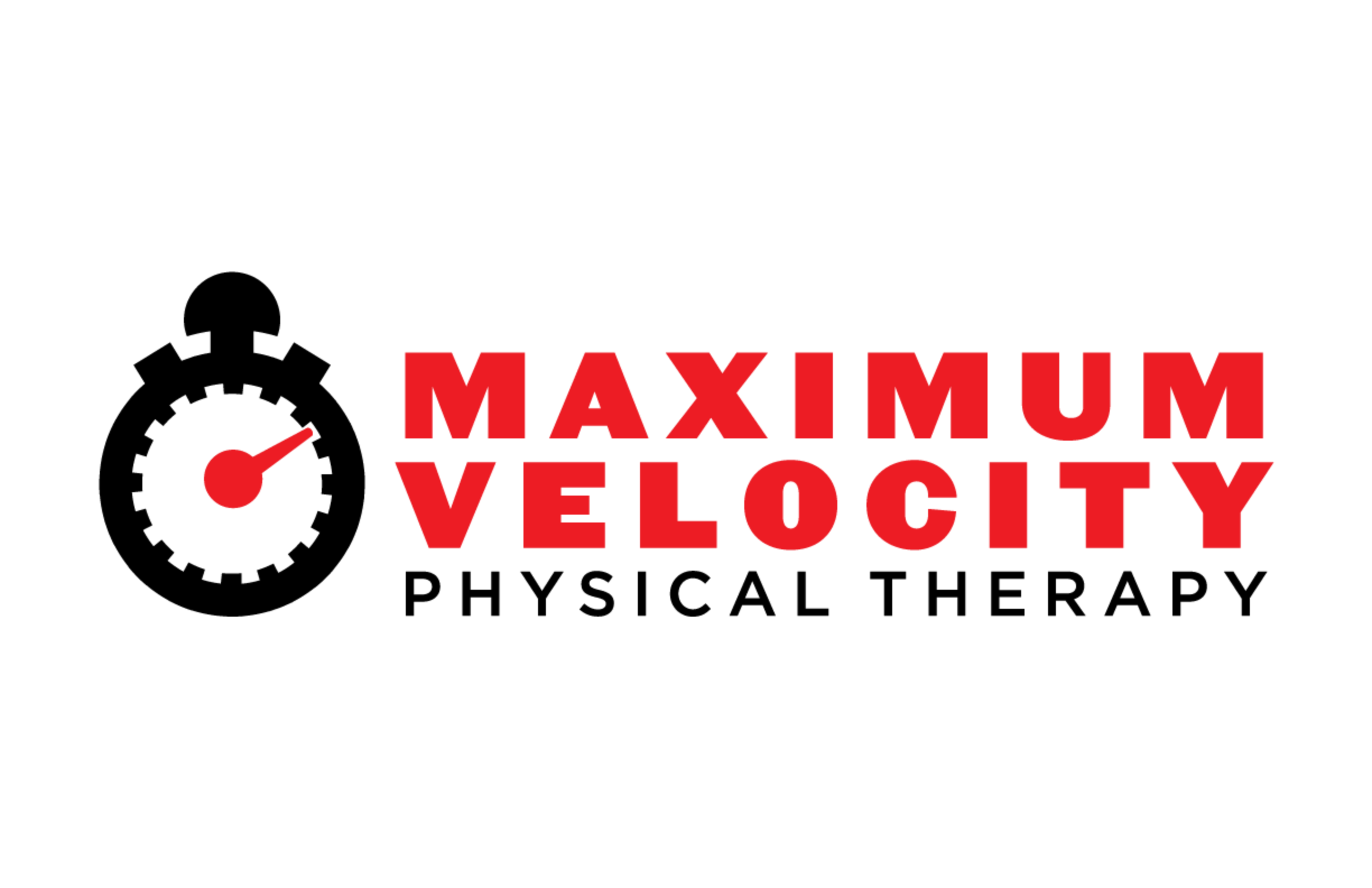VOMIT and Why You Getting an MRI Will Not Help Your Pain
Do you know the #1 reason a person goes to the doctor? Back pain. Did you know you are 9 times more likely to have surgery if you have an MRI? What you THINK about what you feel is MORE important than what you actually feel. VOMIT is an acronym for Victims Of Modern Imaging Technology. BARF is another one. Brainless Application of Radiological Findings. You are not your diagnostics. There are false positives and false negatives all the time on the MRI. The test is looking for water. The test cannot map the anatomy like we think. Statistically the test is POOR. It may be our best test but it is a POOR test. Just because something is abnormal doesn't mean it is pathological. There is no such thing as a normal test. All bodies are working against gravity and the force of living. Also, a radiologist is not likely to say “this body is perfect” if reimbursement is at risk. There are age related normal findings that are abnormal. For example, 70-75% of people in their 40s have evidence of lumbar spine disc degeneration, and in the same age group, 50% have evidence of disc bulges but are completely non-symptomatic. If one of those people pulls a muscle and has back pain, goes to the doctor, and gets an MRI, the information is confounding on what is causing the pain?
In modern medicine, doctors spend an average of 4 min to generate a symptom cluster. That means they hardly pick their face up from the laptop. They don't have time to listen. They don't examine the patient. Listen to symptoms and blindly refer out for diagnostics. Then make a decision based on the findings. Do you know the #1 reason a person has back surgery? Their ZIP code! Patients are more likely to have surgery in communities where they are recommended from family and friends to have the surgery. It has nothing to do with the medicine of the situation.
What is the medicine of the situation?
Spending time with people. Listening. Conducting a thorough evaluation and using differential diagnosis to tease out what structures are causing what symptoms and then putting a plan in place to eliminate the symptoms. Then the real work starts. Changing lifestyle habits to prevent the pain from coming back. If you keep doing the same things, you are likely to feel the same things. At Maximum Velocity Physical Therapy, our goal is make you a better athlete than before you got injured. Everyone is an athlete. Whether you realize you are an athlete and aren't acting like one or if you want to improve your ability to do what you love to do, we can help. If you are committed to your activity, we can get you better than you were before your injury. The skill is in staying with the basics, answering some important questions, having the knowledge/experience to guide someone out of symptoms, and executing a plan to change the behavior to prevent more issues later.
No bandaids here. No bells or whistles. No fluff. No SURGERY! Your full recovery and lifestyle change starts with a good evaluation. Based on evaluation findings, a crucial education session is next. You need to know what you are dealing with. Then a progressive loading program begins with stretching and strengthening. No two visits are the same. We focus on same exercises with progression and then add new exercises - all with a specific end-game in mind. Your time is valuable. We won't add anything unnecessary. You will be discharged without limitations and a home program to continue your evolution as an athlete.
Squeaky wheels get grease. Be a consumer. Find the best provider for your problem. Call 702-998-2900 if you want efficient, skilled, and rehabilitation with heart.
Want to read more?
Henschke, N., et al., Prevalence of and screening for serious spinal pathology in patients presenting to primary care settings with acute low back pain. Arthritis Rheum, 2009. 60(10): p. 3072-80.
Menezes Costa, L.d.C., et al., The prognosis of acute and persistent low-back pain: a meta-analysis. CMAJ : Canadian Medical Association Journal, 2012. 184(11): p. E613-E624.
Chou, R., et al., Imaging strategies for low-back pain: systematic review and meta-analysis. Lancet, 2009. 373(9662): p. 463-72.
Goergen, S., et al., Acute Low Back Pain Education Modules for Appropriate Imaging Referrals. The Royal College of Australian and New Zealand Radiologists, 2015.
Nakashima, H., et al., Abnormal findings on magnetic resonance images of the cervical spines in 1211 asymptomatic subjects. Spine (Phila Pa 1976), 2015. 40(6): p. 392-8.
Brinjikji, W., et al., Systematic Literature Review of Imaging Features of Spinal Degeneration in Asymptomatic Populations. AJNR. American journal of neuroradiology, 2015. 36(4): p. 811-816.
ARPANSA and A.R.P.a.N.S. Agency, Radiation Protection in Diagnostic and Interventional Radiology. 2008. Radiation Protection Series No 14.1.
Flynn, T.W., B. Smith, and R. Chou, Appropriate Use of Diagnostic Imaging in Low Back Pain: A Reminder That Unnecessary Imaging May Do as Much Harm as Good. Journal of Orthopaedic & Sports Physical Therapy, 2011. 41(11): p. 838-846.
Webster, B.S. and M. Cifuentes, Relationship of early magnetic resonance imaging for work-related acute low back pain with disability and medical utilization outcomes. J Occup Environ Med, 2010. 52(9): p. 900-7.
Ash, L.M., et al., Effects of diagnostic information, per se, on patient outcomes in acute radiculopathy and low back pain. AJNR Am J Neuroradiol, 2008. 29(6): p. 1098-103.
Hancock, M.J., et al., Risk factors for a recurrence of low back pain. Spine J, 2015. 15(11): p. 2360-8.
Hansen, B.B., et al., Imaging in mechanical back pain: Anything new? Best Practice & Research Clinical Rheumatology. 30(4): p. 766-785.
Hayward, R., VOMIT (victims of modern imaging technology)—an acronym for our times. BMJ, 2003. 326(7401): p. 1273.
